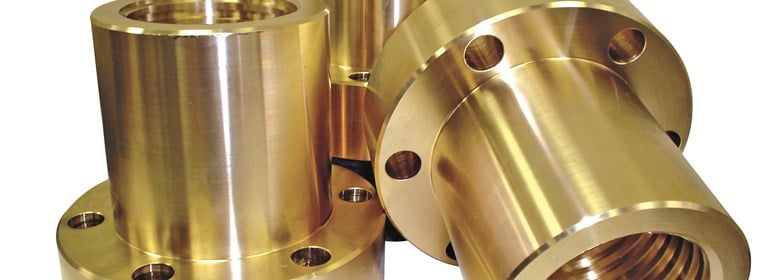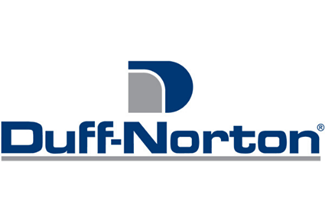Ball screws and acme screws are two of the most popular screw types in the motion industry. They are a part of the lead screw family and used for generating linear motion using motorized power or a manual hand wheel. These screws convert circular motion to linear motion by turning the screw with the nut fixed in place or turning the nut while the screw remains in place.
There are a wide variety of factors that influence the type of screw system selected. Ball screw systems are more efficient than acme screw systems. When comparing the two screw types at the same capacity level; ball screw systems require less horsepower to move the same load than do the equivalent acme screw systems. However, many acme screw systems are inherently load holding eliminating the need for a braking system, and also provide a broader selection of leads for precise positioning benefits.
In this article, we’ll explore the pros and cons of ball screws and acme screws and which is best for your linear motion needs.
Ball Screw
The ball screw assembly consists of a screw and a nut, each with matching helical grooves, and balls that roll between these grooves providing the only contact between the nut and the screw. As the screw or nut rotates, the balls are deflected into the ball return system of the nut and travel through the return system to the opposite end of the ball nut in a continuous path.
A benefit of ball screws is that they suffer minimal frictional loss because the nut and the screw don’t ever directly make content. This means that their output is 70 to 95 percent efficient, which in turn means that linear actuators using ball screws have a much higher force, speed and duty cycle rating than their counterparts. The lower friction also decreases physical wear and tear, making them more cost effective.
The big problem with ball screws, however, is the chance of it back driving due to low internal friction. This creates a safety concern for users of the linear actuator because it can’t hold its load in place when not in operation unless a braking system is being used.
Also, the price for a ball screw can be higher than an acme screw and the ball mechanism itself can be quite noisy.
Acme Screw
Acme screws use trapezoidal threads to roll onto the lead screw. As the shaft rotates and the rotary motor turns, the threads push the shaft nut forward or backward depending on the direction of the rotating motion. This transfers the circular force of the motor into linear motion on the shaft.
These are the most common forms used for leadscrews as they offer high strength and ease of manufacture. They are typically found where large loads are required, as in a vise or the leadscrew of a lathe.
There are several advantages for using acme screws. Combined with a plastic acme nut, made from a high viscosity homopolymer with teflon fibers, the acme screw will serve most industrial applications very well and will operate much more efficiently and quietly than their bronze counterparts, but do have lower load ratings. The bronze acme nut provides strong load ratings and excellent wear properties.
Whichever nut material you choose the acme screw system is generally preferred where vertical applications are concerned. Acme screws can also prevent back driving because of the inherent frictional force between the trapezoidal thread and the nut, thereby broadening the potential application opportunities. Not only is it safer for users to operate their linear actuator when the unit has a static load capacity to hold whatever weight is in place, the acme screws also have a low operating noise as well as being much less expensive.
There are two drawbacks to using acme screws: low efficiency and a shorter life cycle. Because of the high frictional force between the nut and the acme screw thread, acme screws can only achieve 20-40 percent efficiency depending on the material of the nut and the screw. While this prevents the unit from back driving, it also requires more motor torque to achieve the same force compared to ball screws. The resulting output is that a linear actuator using acme screws will have a lower force, speed and duty cycle rating.
Everything You Need To Know About Screw Jacks
Which screw is right?
Both acme screws and ball screws are widely used across many industries. It comes down to performance requirements and capabilities of the selected screw and nut assembly with regards to use for an application. Whether it’s low cost and no back drive or higher performance and longer lifespan, your application needs will determine your choice.
For more information on whether an acme screw or ball screw is right for your application, get in touch with one of our experts.
Contact a Screw Jacks Specialist
North America - EN





